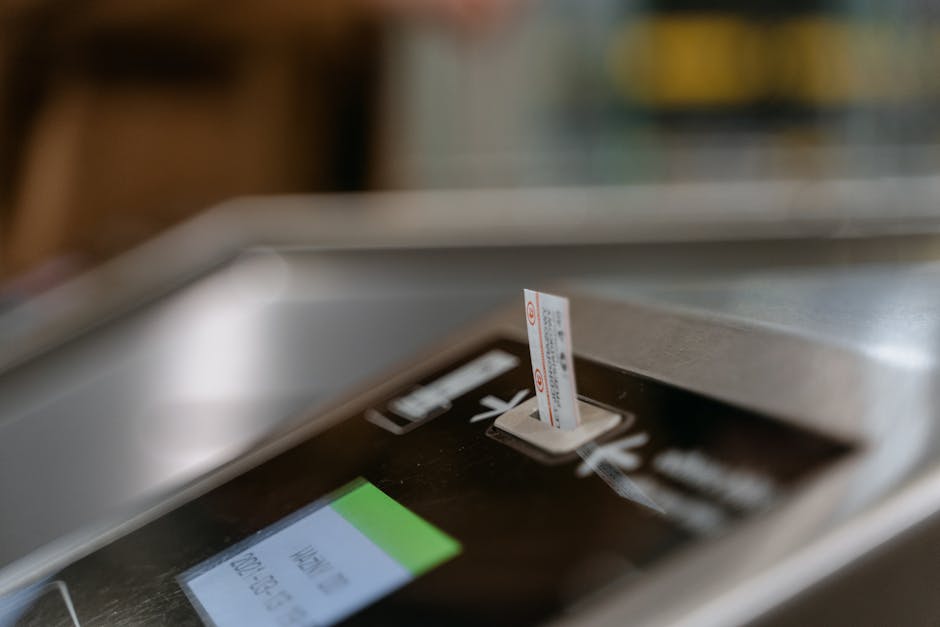The familiar winter haze has begun to descend upon the capital, and with it, the annual battle for breathable air. In a pre-emptive strike against the city’s notorious pollution, the Commission for Air Quality Management (CAQM) has invoked Stage 2 of the Graded Response Action Plan (GRAP) across the entire Delhi-National Capital Region (NCR). This move comes as the city’s Air Quality Index (AQI) consistently lingers in the ‘Very Poor’ category, a grim precursor to the hazardous conditions that often plague Delhiites post-Diwali.
What GRAP-2 Means for Delhi Residents
For the common citizen, this is more than just a headline; it’s a signal of impending changes to daily life. The invocation of GRAP-2 is a set of stringent, binding measures aimed at curbing pollution at its source. Here’s what it means for you:
- Ban on Diesel Generators: A complete ban has been imposed on the use of DG sets for all non-essential activities. Only critical services like hospitals, elevators, and essential public transport like railways and the Metro are exempt.
- Discouraging Private Vehicles: Parking fees are set to be increased significantly to discourage the use of private cars. Authorities will augment the fleet and frequency of CNG and electric buses, as well as Metro services, to encourage a shift to public transport.
- Intensified Cleaning: Mechanical sweeping and regular water sprinkling on roads will be intensified, especially on traffic hotspots, to settle the dust that forms a large component of PM10 and PM2.5 pollutants.
Why Now? The Proactive Pre-Diwali Strategy
The timing of this action is crucial. Authorities are acutely aware of the triple threat facing the region:
1. The approaching festival of Diwali, which historically sees a massive spike in pollutants from firecrackers.
2. The increasing instances of stubble burning in neighbouring states like Punjab and Haryana.
3. Adverse meteorological conditions of winter, where lower temperatures and slower wind speeds trap pollutants close to the ground.
By implementing these curbs now, the CAQM hopes to prevent the AQI from plummeting into the ‘Severe’ and ‘Severe+’ categories. It’s a proactive, not reactive, strategy to avoid the “gas chamber” effect that Delhi has unfortunately become accustomed to.
A Collective Fight for Clean Air
This annual fight is a stark reminder of the complex environmental challenge confronting Delhi-NCR. It’s a battle fought on multiple fronts – against industrial emissions, vehicular pollution, construction dust, and agricultural practices. While government-led initiatives like GRAP are essential tools, their success is intrinsically linked to public cooperation.
As we head into the festive season, these restrictions are a necessary pill to swallow for the sake of public health, especially for vulnerable groups like children and the elderly. The coming weeks will be a critical test of Delhi’s resolve to prevent its annual winter nightmare.




